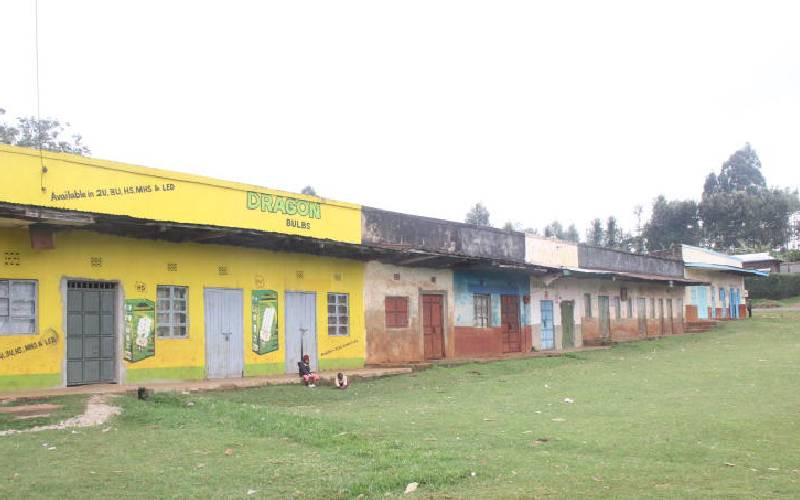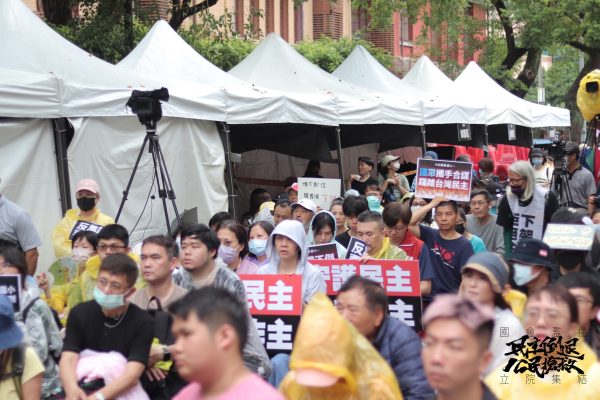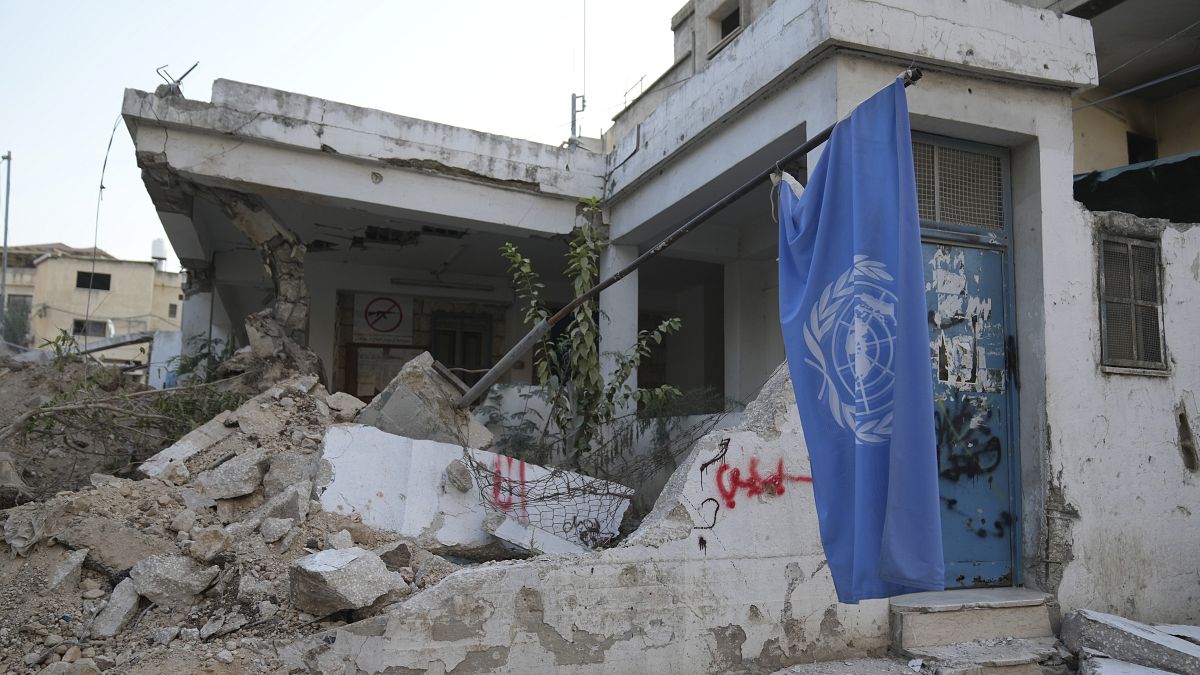A few days before Christmas, as Kenyans flocked to their ancestral homes for the holidays, someone triggered a discussion on Facebook on which countryside towns were “least developed”.
In the ensuing debate, many county headquarters received what could qualify as slander.
Among the culprits, which is not uncommon, was Nyeri, a town even perennially touted to be upgraded to city status.
Commenting, a man who claimed to be a resident of the town, cited the lack of imposing, sky-piercing buildings in the heart of the town.
Another claimed the same shops they bought from thirty years ago remained unchanged, without any facelift whatsoever. Yet another decried the lack of a shopping mall in town, and a fourth was rather upset by the “size” of the town, which does not “increase”.
It’s not uncommon to see people estimate the growth and size of an urban area by the number, and height, of high-rise buildings in the area. Others will be keen to talk about the geographical area a city or town covers, while another group will go for the quality of infrastructure, including roads.
They all have a justification for their claims. However, the general judgment of structures in different townships to compare sizes, wealth and development of an area could be flawed.
Granted, the Urban Areas and Cities (Amendment) Act of 2019 provides requirements for a certain urban area to qualify to be a town, a municipality or a city.
These include factors such as population density and availability of certain additional amenities for every higher status meaning that structures in cities will be more (in number) and probably be more sophisticated than those in a municipal area.
Those in a municipality also exceed, in height, quality and number, those in a town.
Dynamics such as population density, and legal requirements, inform this.
For comparison, a city must have over 250,000 residents and a stadium, airport, national school and constituent university campuses among other facilities.
A municipality is required to have a population density of 50,000. It should also have an airstrip, a county school and constituent university campuses. But with only 10,000 residents and none of the requirements for the other two levels (albeit with other requirements such as bus park, cemetery and recreational parks), a town is born.
The requirements get less taxing as one goes down the ladder, and so does the architectural sophistication.
A developer seeking to build rentals in Nairobi might not follow the same script a peer is following in Nyeri.
The demand for housing is higher in a city with a population on the upside of four million and such a developer could fancy apartments that will house hundreds.
With space also very expensive in Nairobi, another developer could erect a similar apartment right across the fence, probably just a little taller and built in what they may consider a fancier architectural design to attract tenants faster and probably justify charging higher rents to increase returns.
In Nyeri, demand will not be as high. Low rises will probably suffice.
In Nairobi city, one of the most potent business hubs in the region, hoteliers are usually in a heated race for better infrastructure and higher quality of services.
Business tourism is high, the city hosts the government’s key offices and was earlier this year ranked fifth in the cities with the highest number of dollar millionaires in Africa by London-based investment migration consultancy firm Henley & Partners.
Thus, while other towns in the country continue to have a thriving hospitality industry, they are unlikely to race to have five-star hotels to compete with Nairobi’s Upperhill area and Westlands.
The architectural needs of the hoteliers are therefore greatly divergent. A three-star hotel will probably be among the best in any other town in the country, but more sophistication will be needed if in, or near, the city.
This also applies to personal housing projects.
While photos of a magnificent mansion in Runda will easily garner more clicks on social media than those of a bungalow in the middle of some countryside meadow, the only difference between the developers, which informs their architectural or design preference, could be location.
“There are notable differences in the client briefs for residential architecture between urban areas and the rural areas of the country,” says Moses Okemwa, the managing director of Amber Construction Limited.
One of these differences, says the architect, is the building plinth area. “The built area in the urban setup tends to be bigger than in the rural areas for the same client. This could be because they spend more time in the city as compared to the village,” he says.
Mr Okemwa says that some clientele construct homes in the villages as part of their retirement plan and therefore the house size is much smaller because the children are not expected to be living with their parents by the time they are going into retirement.
Also, that the countryside has more space, and that land is markedly cheaper, influences architectural decisions.
“There is a preference for bungalows to maisonettes in the villages. Most people go for bungalows in the villages because of the availability of space or land as compared to urban areas,” he says.
The bungalows are less complicated to put up in terms of building technology, says the architect, and therefore local masons can quickly put up such structures.
“Structures such as maisonettes require formwork, staircases and suspended floor slabs- a detail that may be more complex for these fundis to execute and calls for more technical expertise,” he says.
In rural areas, there is a likelihood that structures will need fewer building services, with the house brief less complicated thus. Such houses will lack services like CCTV cameras and access control while in urban residential architecture most clients demand “elaborate building services”.
But as Paul Syagga, a land economist and former University of Nairobi lecturer, says, the problem of housing is both in urban and rural areas but is more pronounced in the urban setting. This is because while rural housing suffers a dearth of quality, its urban counterpart is hit by both low quality and quantity.
One of the reasons is that in the countryside, there is more than just land available.
“There is a new trend where clients are more open to using the locally available materials in the rural homes such as burnt brick, timber cladding and natural stones,” says Mr Okemwa.
This differs greatly from city residential homes where many clients tend to go for flashy and imported finishes.
They do not have the luxury of tapping naturally occurring materials and also find themselves in a space where maximising the available land means putting their best foot forward and spending a lot to either reap maximum profit off rentals, and houses for sale or optimise comfort.
Overall, he says, many clients invest more cash in their city homes than in their upcountry homes.
The Architectural Review – a website – notes that while rural-urban migration has always been an attractive prospect over the years, a significant level of urban practice has trickled down to rural areas.
“Over several hundred years, the rural has become repositioned from an urban perspective, that is to say, that an urban sensibility has been applied, a logical and trajectory notion of the place and culture, often a simplification of the rural, it being read as basic rather than ultra-complex,” it says.
“This friction between mindsets… is played within the work of many architects, artists and designers, creating hybrids, thinking about alternative solutions to rural and urban living, crossing over the aesthetics and in some cases the functions.”
But marrying the dynamics of the city and of the village, those that influence the architectural decisions, is a complex, near impossible endeavour.
An office block in one of the more rapidly developing suburbs of Nairobi will be nothing like a new office block in Kakamega, and so will the residential houses of a man who owns land in both.
The city infrastructure will remain more sophisticated and the fancy skyscrapers are likely to keep on sprouting in the same areas again and again.


















Discussion about this post